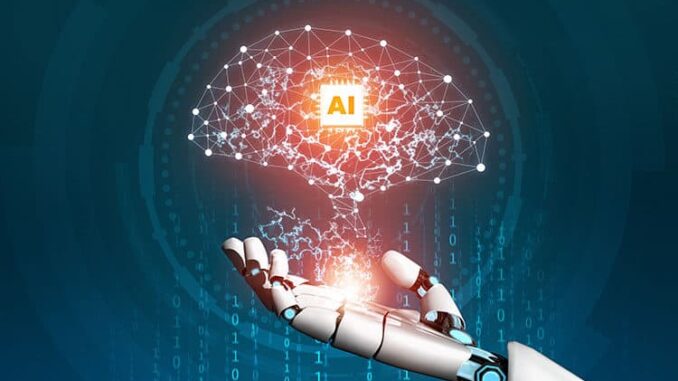
The accessibility of goods and services through artificial intelligence (AI) is a transformative aspect of contemporary economies and societies.
AI technologies enhance the way businesses operate, improve customer experiences, and provide innovative solutions that increase access to a wide range of products and services. Here are several ways in which AI is improving accessibility:








### 1. **Personalization:**
– **Tailored Recommendations:** AI algorithms analyze user behavior, preferences, and past purchases to deliver personalized product recommendations. Platforms like Amazon and Netflix use AI to suggest items or content that align with individual interests, making it easier for users to discover relevant products or services.
– **Customized Interface:** AI can adapt interfaces based on user needs, enhancing accessibility for individuals with disabilities, such as providing voice commands for visually impaired users or simplifying navigation for those with cognitive disabilities.
### 2. **Improved User Interfaces:**
– **Natural Language Processing (NLP):** AI-driven voice assistants (like Siri, Alexa, or Google Assistant) enable users to interact with technology through natural language, making it easier for people of all ages and tech-savviness to access services.
– **Chatbots and Virtual Assistants:** These AI applications provide instant support and information, making it simpler for customers to find answers and complete transactions without needing to navigate complex websites.
### 3. **Supply Chain Optimization:**
– **Inventory Management:** AI can forecast demand and optimize inventory levels, ensuring that products are available when customers need them. Improved supply chain efficiency can lead to lower prices and better availability of goods.
– **Dynamic Pricing:** AI algorithms can analyze market conditions, competitor pricing, and consumer demand to adjust prices in real-time, potentially making goods more accessible to consumers based on their willingness to pay.
### 4. **Healthcare Accessibility:**
– **Remote Diagnostics:** AI can analyze medical data and images to assist healthcare professionals in diagnosing conditions, even remotely. Telehealth platforms powered by AI help patients access medical services from home, overcoming geographic and mobility barriers.
– **Personalized Medicine:** AI is used to analyze genetic and health data to create personalized treatment plans, making high-quality healthcare services more targeted and effective for individuals.
### 5. **Education and Learning:**
– **Adaptive Learning Platforms:** AI can personalize learning experiences based on individual student needs and learning styles, making education more effective and accessible. For instance, platforms like Duolingo adapt language lessons according to a user’s progress.
– **Wider Reach:** Online courses powered by AI cater to diverse learning styles, removing barriers to education and allowing individuals from various backgrounds to access high-quality learning materials.
### 6. **Financial Services:**
– **Credit Accessibility:** AI can assess creditworthiness using alternative data sources, enabling more individuals to access loans and financial products who may have been excluded from traditional banking systems.
– **Personal Finance Management:** AI-powered apps help users manage budgets, track spending, and make informed financial decisions, promoting financial literacy and accessibility.
### 7. **Transportation and Mobility:**
– **Ride-Sharing Services:** AI algorithms optimize routes and match drivers with passengers, making transportation more efficient and accessible. Services like Uber and Lyft allow users to easily book rides via mobile apps.
– **Autonomous Vehicles:** Developments in AI-driven autonomous vehicles could provide enhanced mobility for individuals who might otherwise lack access to reliable transportation, such as the elderly or disabled.
### Conclusion
AI plays a crucial role in enhancing the accessibility of goods and services across various sectors. By improving personalization, optimizing operations, and breaking down barriers to entry, AI technology is creating a more inclusive environment where consumers can benefit from greater choice, higher quality, and lower costs. However, it is essential to ensure that the deployment of AI also considers ethical implications, privacy concerns, and the digital divide, so that its benefits are equitably distributed across society.


Leave a Reply